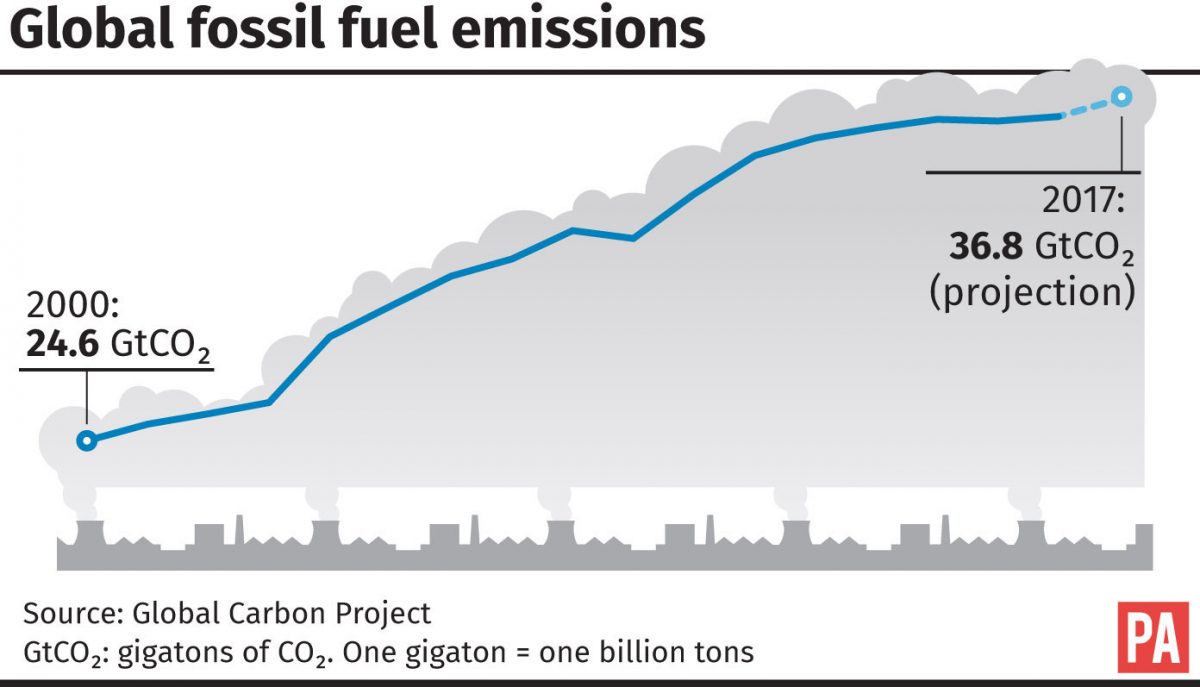

Continued investment in nuclear innovation could bring advanced nuclear technologies to market, in turn enabling nuclear to deliver emissions reductions not only in the electricity sector but also in heat and industry. Although countries have widely varying views on the role nuclear should play in the energy mix, with opposition to the technology generally driven by safety or cost concerns, many governments are taking a fresh look at nuclear with the aim of reducing their emissions and reliance on imported fossil fuels. According to the IEA, 5% of the emissions reductions under a pathway that takes the global energy system to net zero by 2050 could come from switching from coal and oil to lower-carbon energy sources including nuclear. Nuclear is another important technology, currently providing almost 30% of the world’s supply of low-carbon electricity. This happened as a result of innovation policy and deliberate technology choices made by governments in many countries over decades. The installed capacities of both wind and solar energy have increased in all countries over the past decade while costs have fallen even faster than predicted – solar photovoltaic (PV) unit costs fell in cost by 85% and wind power by 55% between 20. Renewable energy sources, in particular wind and solar, can provide an ample source of low-carbon electricity and could contribute 35% of the cumulative emissions reductions required for the global net zero energy transition by 2050, according to the IEA. Decarbonising the existing supply will not be enough either, as global demand for electricity is likely to more than double from current levels by 2050: investment in additional sources of low-carbon electricity and in energy efficiency will be needed. Of course, electrification only reduces emissions to a meaningful extent if the electricity comes from low-carbon sources (renewables, nuclear or thermal generation coupled with carbon capture, usage and storage ).

Indeed, the IEA estimates that electrification could provide almost one-fifth (19%) of the cumulative emissions reductions required to achieve a net zero energy system by 2050. Electrification holds great potential to reduce final energy demand and consequently emissions because electric technologies tend to be inherently more efficient than fossil fuel-based alternatives that provide similar energy services. In industry, clean electricity can be used instead of fossil fuels to provide low- and medium-temperature heat or to power certain steel production processes. This is made possible by technological switches such as replacing internal combustion engine vehicles with electric vehicles and replacing natural gas or oil boilers with heat pumps to heat buildings. ElectrificationĮlectrifying energy demand refers to using low-carbon electricity to meet energy needs that have traditionally come from fossil fuels. ‘CCUS’ is carbon capture, usage and storage.

Notes : ‘Other fuel shifts’ refers to switching from coal and oil to natural gas, nuclear, hydropower, geothermal, concentrating solar power or marine energy. Source : International Energy Agency, ‘Cumulative emissions reduction by mitigation measure in the Net Zero Scenario, 2021-2050’. However, broadly speaking, cutting carbon emissions from the global energy system requires accelerating the deployment of technologies to achieve two objectives: (i) electrifying as much of the energy demand as possible and (ii) fully decarbonising electricity supply, using renewable sources in particular.Įlectrification and renewables represent the two most significant mitigation measures in the International Energy Agency’s (IEA) 2021–2050 Net Zero Scenario, accounting for 54% of the required emissions reductions (see figure below). Geographical, political, economic and social circumstances will determine the exact pathways to transitioning energy systems in different parts of the world to net zero. Technology and technological innovation has already been a key enabler of reducing emissions from energy systems around the world, but if we are to reach global net zero targets, this needs to accelerate. It is especially crucial to find ways to reduce emissions from the energy sector, as it is responsible for around three-quarters of global greenhouse gas emissions. If the world is to have a credible chance at limiting global warming to 1.5☌ to avoid the worst impacts of climate change, global carbon dioxide (CO 2) emissions need to reach net zero by the early 2050s, according to the Intergovernmental Panel on Climate Change.


 0 kommentar(er)
0 kommentar(er)
